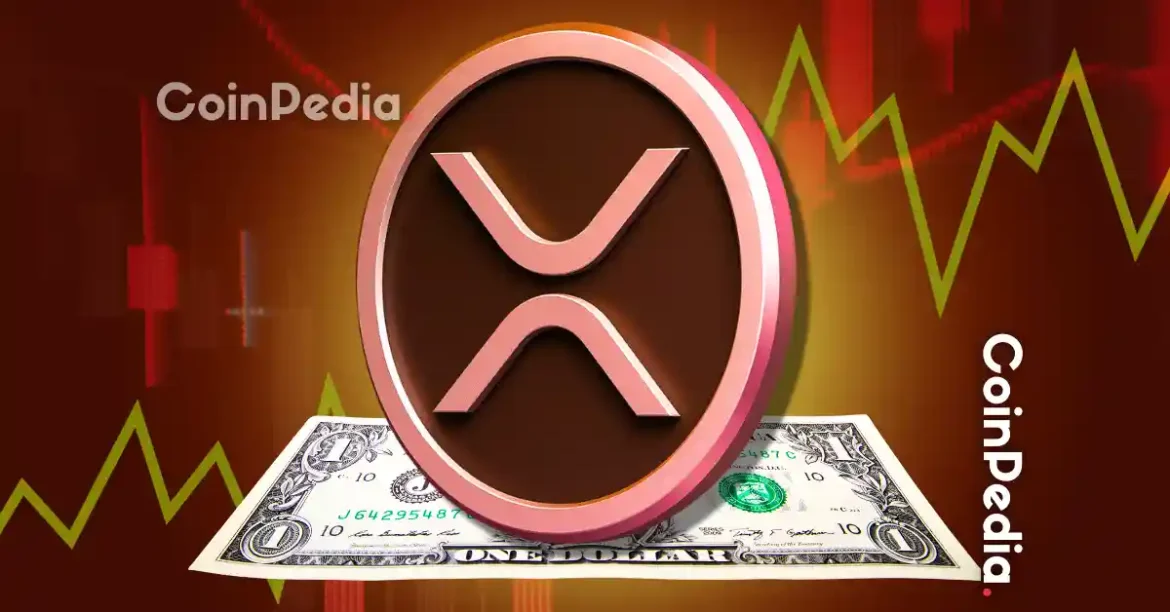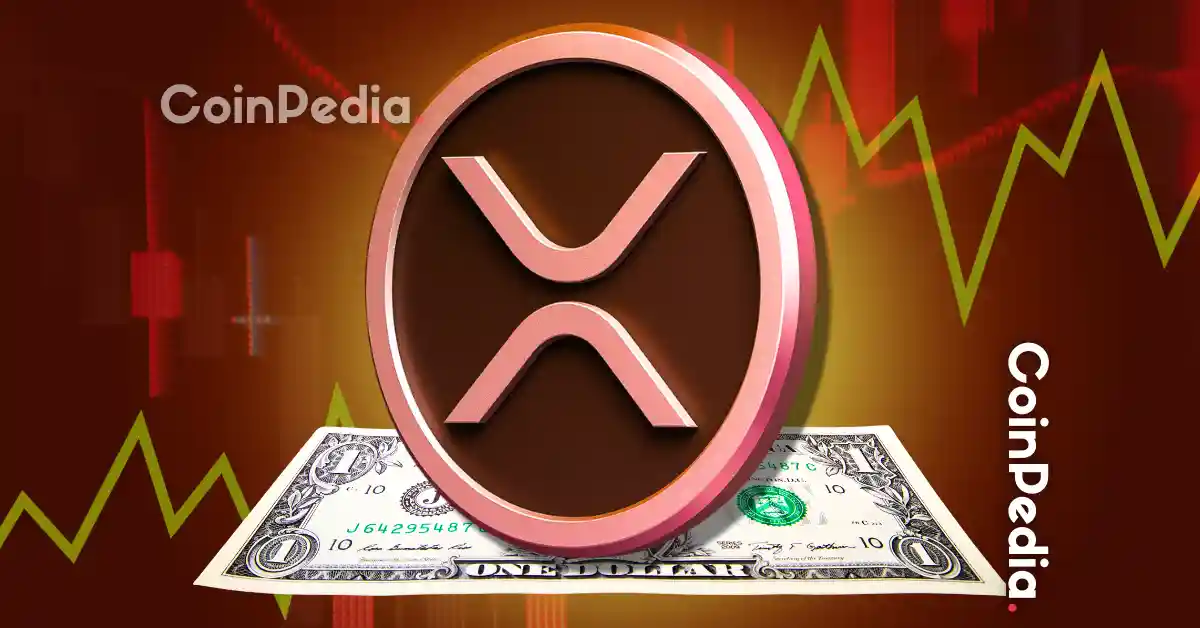Ripple’s Potential Transformation: An XRP Treasury Giant?
Introduction
The cryptocurrency landscape is constantly evolving, with companies and projects exploring innovative strategies to maximize value and utility. One of the most intriguing developments in recent times is the speculation surrounding Ripple’s potential transformation into an XRP treasury giant, akin to MicroStrategy’s Bitcoin-centric approach. This report explores the feasibility, implications, and broader impact of such a strategy, delving into the nuances of Ripple’s current position, market dynamics, and the broader cryptocurrency ecosystem.
The MicroStrategy Analogy: A Bitcoin Standard
MicroStrategy’s aggressive Bitcoin accumulation strategy has set a precedent in the corporate world. Under the leadership of Michael Saylor, the company has amassed over 444,262 BTC, making it one of the largest corporate holders of Bitcoin. This strategy is rooted in the belief that Bitcoin is a superior store of value, offering protection against inflation and long-term appreciation.
MicroStrategy’s success has inspired other companies to consider Bitcoin as a reserve asset, highlighting the potential for cryptocurrencies to play a significant role in corporate treasury management. The company’s market capitalization has surged, attracting institutional investors and validating the strategy’s effectiveness.
Ripple’s XRP Trove: A Sleeping Giant?
Ripple’s substantial XRP holdings, estimated at around $122 billion, present a unique opportunity. Currently, Ripple primarily uses XRP for its On-Demand Liquidity (ODL) platform, which facilitates faster and cheaper cross-border payments. However, if Ripple were to adopt a MicroStrategy-esque strategy and lock up a significant portion of its XRP holdings, the market impact could be profound.
The immediate effect would be a substantial reduction in the circulating supply of XRP. This scarcity, combined with steady or increasing demand, could drive the price upwards. The potential for a supply squeeze is a compelling narrative, but it is essential to consider the broader implications and Ripple’s strategic priorities.
The Supply Squeeze Scenario: Predicting XRP’s Price Surge
Analysts and AI models have made bold predictions about the potential price impact of Ripple adopting a treasury strategy. Some suggest that XRP could reach unprecedented levels, with scenarios ranging from $25 to $45 per XRP. These predictions are based on the fundamental economic principle of supply and demand.
However, it is crucial to recognize that these are speculative scenarios. The actual price movement of XRP will depend on various factors, including market sentiment, regulatory developments, and the adoption of XRP by financial institutions and businesses. While the potential for a price surge is enticing, it is essential to approach these predictions with caution.
Ripple’s Strategy: Beyond Treasury Reserves
While the prospect of Ripple becoming an XRP treasury giant is exciting, it is important to consider the company’s broader strategy and commitment to XRP’s utility. Ripple has consistently emphasized the importance of XRP as a tool for efficient and cost-effective cross-border payments.
Ripple has been actively forging partnerships with financial institutions and payment providers worldwide to integrate XRP into their payment systems. These partnerships are crucial for driving the real-world adoption of XRP and demonstrating its value as a payment solution. Furthermore, Ripple is exploring new use cases for XRP beyond payments, including decentralized finance (DeFi) applications and tokenization.
Tokenized Money Market Funds: A Step Towards Institutional Adoption
Ripple’s recent collaboration with Archax and abrdn to launch tokenized money market funds on the XRP Ledger marks a significant milestone. This initiative opens up access to the $16 trillion money market fund industry and introduces institutional investors to the XRP Ledger.
Tokenized money market funds offer several advantages, including increased transparency, improved efficiency, and reduced costs. By providing institutional investors with access to these funds on the XRP Ledger, Ripple is paving the way for wider adoption of XRP within the traditional financial system.
Ripple’s Focus on Compliance and Institutional Partnerships
Unlike some other cryptocurrencies that prioritize decentralization above all else, Ripple has adopted a compliance-forward approach. This strategy involves working closely with regulators and adhering to legal requirements in different jurisdictions.
This focus on compliance has made Ripple an attractive partner for financial institutions and businesses looking to integrate blockchain technology into their operations. By building trust and demonstrating a commitment to regulatory compliance, Ripple is positioning itself as a leader in the enterprise blockchain space.
The XRP Community’s Perspective: Utility vs. Scarcity
The XRP community is divided on the question of whether Ripple should adopt a treasury strategy. Some believe that reducing the circulating supply of XRP would be beneficial for its price and long-term value. Others argue that Ripple should focus on driving adoption and utility rather than artificially manipulating the supply.
Ultimately, the decision of whether to adopt a treasury strategy rests with Ripple. The company will need to weigh the potential benefits of increased scarcity against the potential risks of alienating its community and hindering the adoption of XRP.
Building a Different Narrative: Compliance and Real-World Utility
While Michael Saylor and MicroStrategy have championed Bitcoin as a store of value, the XRP community is building a different narrative. This narrative emphasizes compliance-forward development, institutional partnerships, and a laser focus on real-world utility.
By focusing on these differentiators, the XRP community is not just countering Saylor’s narrative—they’re building an entirely different one. This narrative positions XRP as a practical and compliant solution for cross-border payments and other financial applications.
Conclusion: A Transformative Path for Ripple and XRP
The possibility of Ripple transforming into the “MicroStrategy of XRP” presents both opportunities and challenges. While locking up a significant portion of its XRP holdings could trigger a supply squeeze and drive up the price, it is crucial for Ripple to maintain its focus on driving adoption and utility.
Ripple’s commitment to compliance, its partnerships with financial institutions, and its exploration of new use cases for XRP are all essential for the long-term success of the digital asset. Whether Ripple ultimately chooses to embrace a full-fledged treasury strategy remains to be seen, but one thing is certain: the company is at a pivotal moment in its history, with the potential to reshape the future of cross-border payments and the broader cryptocurrency landscape.





